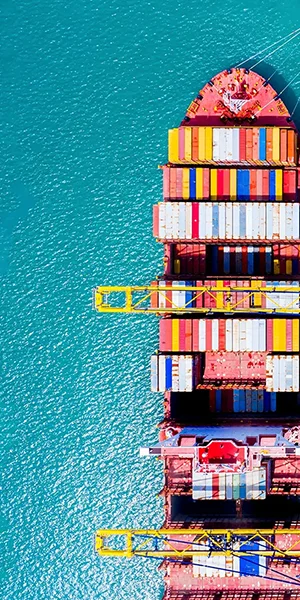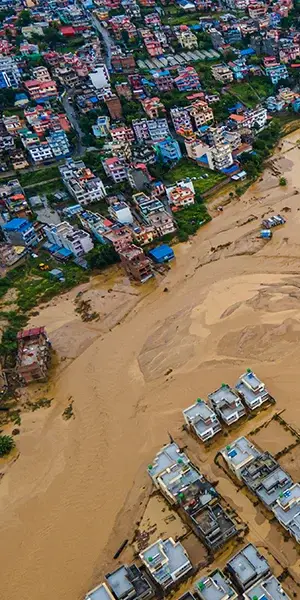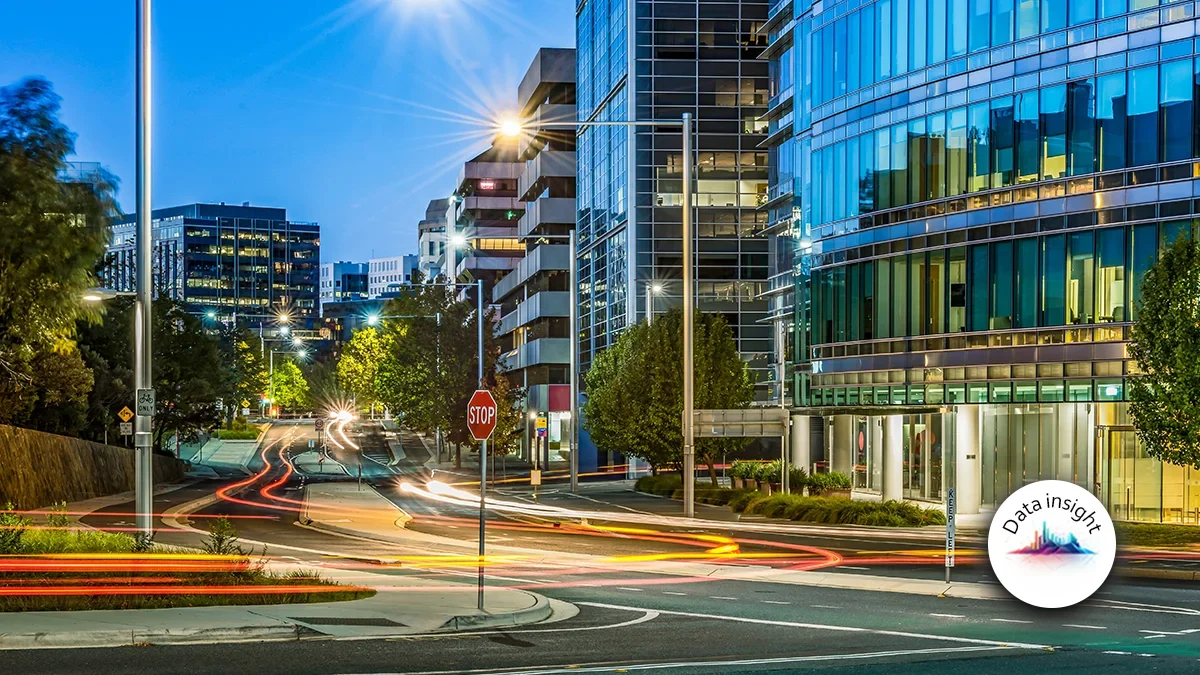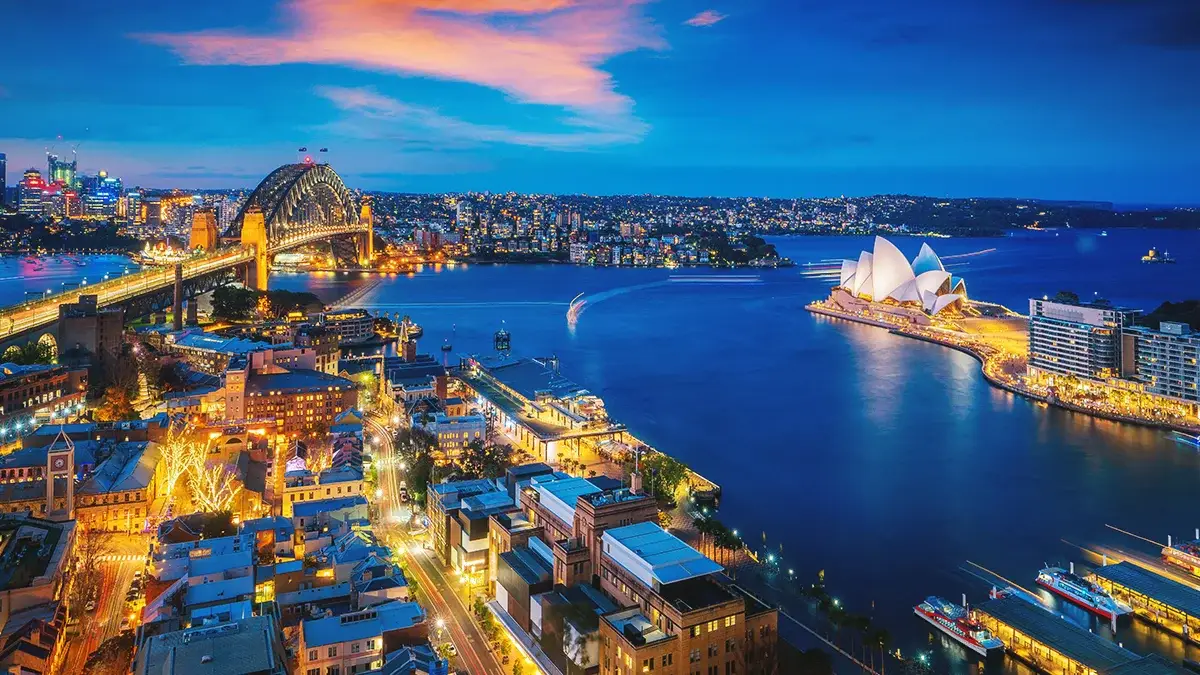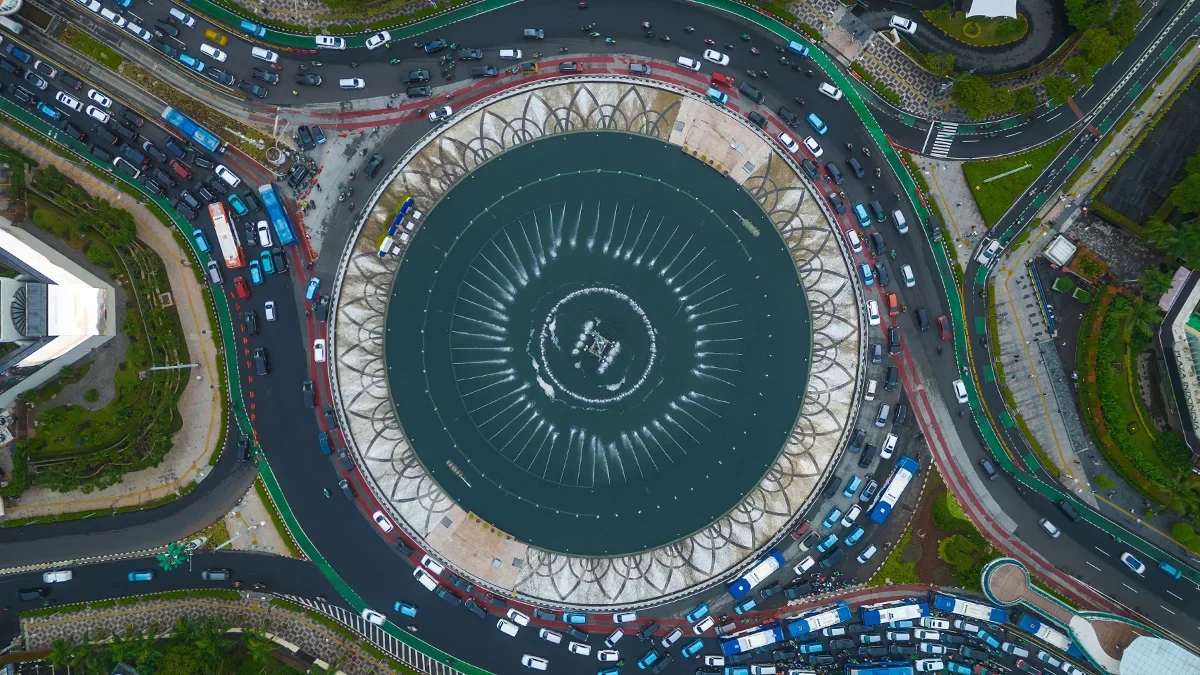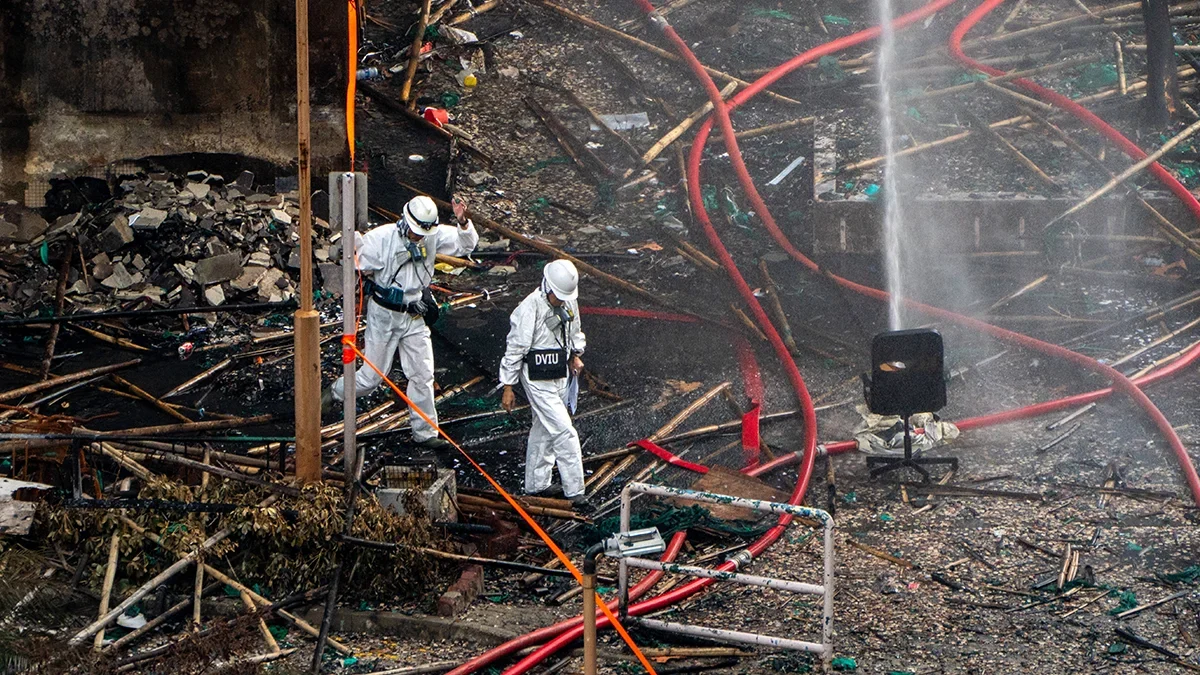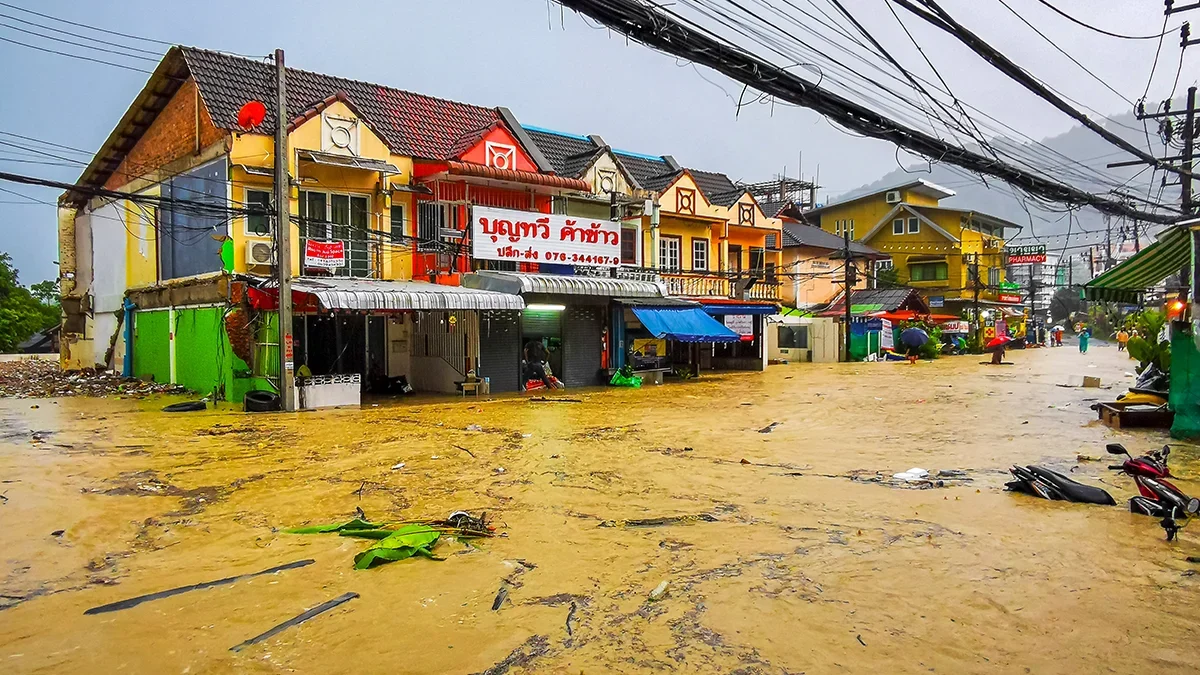(Re)in Summary
• Risk pool CEO’s at COP29 Baku discussed the need for a global reinsurance facility due to rising costs and climate vulnerability.
• Regional risk pools face capital constraints and increased reliance on global markets.
• A 2024 GSSP and WTW report suggested creating a global facility offering various covers and backed by its own capital.
• However, establishing a new, global facility is complex and may require a timeframe of around ten years.
• Priorities to establishing such a solution would include shared technical resources and efficient capital use.
Industry leaders at a COP29 panel in Baku on 16 Nov said that rising reinsurance costs and increased climate vulnerability highlight the urgent need for a new shared, global reinsurance facility.
A Global Shield Solutions Platform (GSSP) and WTW report, published in June this year, recommended that regional risk pools consider the creation of a new global reinsurance facility that can access the reinsurance market on a more diversified basis, backed by its own capital.
Such a facility could start by offering facultative excess of loss covers for high-priced risks, then expand to quota share coverage in lower layers, and potentially add multi-year retention covers to protect pools’ capital after losses, the report suggested.
Commenting on the report at COP 29, leaders from four regional risk pools largely welcomed the value of working together and outlined potential costs and pitfalls.
Lesley Ndlovu
CEO of African Risk Capacity“It’s quite clear that what we are creating is a public good because we, in fact, play a developmental role,” said Lesley Ndlovu, CEO of African Risk Capacity (ARC). “For us, the older risk pools are getting to a point where capital is becoming a constraint because we are victims of our own success, and what we are doing has worked so well and it’s attracting so much demand.”
As regional risk pools become more reliant on global reinsurance markets, they are finding that they no longer have the adequate capitalisation to successfully underwrite risks, Ndlovu said.
But the establishment of a global reinsurance facility for these regional risk pools is in itself a long-term investment and a complex problem, said Benedikt Signer, Executive Director at the Southeast Asia Disaster Risk Insurance Facility (SEADRIF).
“Coordination has a real cost attached to this, and we all spend way too much time on coordination with other bodies,” he said. “What we need is integration and cooperation to scale up what exists, because everything new creates a pure overhead cost,” he added.
Benedikt Signer
Executive Director at SEADRIFCreating a reinsurance facility from scratch will take more than 10 years and comes with a huge opportunity cost, Signer said, and any new facility should be governed by the risk pools themselves. “On the technical side, those are solvable problems, and it makes sense to set that up,” he added. “What we absolutely should not do is create more overlap, competition, in working with government counterparts.”
Isaac Anthony
CEO of CCRIFAt a global level, there are huge opportunities for greater cost efficiencies, said Isaac Anthony, CEO of the Caribbean Catastrophe Risk Insurance Facility (CCRIF). “We are regional risk pools and there’s a lot of commonality,” Anthony said. “We all rely on the same kinds of expertise, the same kind of capacity, and this is an opportunity for us to pool our resources together.”
But all this can be a hard sell as regional risk pools find themselves becoming political vehicles, said Aholotu Palu, chief of the Pacific Catastrophe Risk Insurance Company (PCRIC). “I have to go out and sell that to the politician, because if the politician says ‘no’, I’m dead,” Palu said. “One of the key messages given to me by the ministers, the leadership in the Pacific, (was) the lack of understanding of the technical service that we offer. That’s why I’m consistently pursuing that political side, because it’s a political risk for us.”
Aholotu Palu
CEO PCRICImmediate priorities
The GSSP and WTS report found that regional risk pools were under-resourced relative to their current operations and growth pursuits, with a widening gap between the pools’ view of risk and that taken by the reinsurance markets. It recommended the immediate establishment of shared technical resources across the pools to better quantify and defend their risk assessments, particularly for climate perils, which would help pools push back against escalating reinsurance costs.
“There are definitely benefits, financial efficiency benefits, which the reinsurance industry is built upon, of diversifying globally, with others also cross learning and (providing) cross technical support,” said Simon Young, Senior Director at WTW’s Climate and Resilience Hub, during the COP29 panel. “(It brings) some scale to the risk pools, which are very small organisations.”
The report also called for mechanisms to unlock a more efficient use of existing capital. Rather than simply injecting new funds, donors should establish guarantee mechanisms for recapitalisation after major losses, encouraging pools to deploy current capital more actively.
Simon Young
Senior Director at WTWPCRIC, CCRIF and ARC all felt that they were constrained in the deployment of their own capital and in accessing any potential new capacity to underpin growth in their portfolio, Young said, and there was a lack of a clear route to recapitalisation after losses or additional capital for growth. “Traditional access to capital isn’t really available for the risk pools,” he added.
A commitment to strategic support for risk pools for CDRFI (Climate and Disaster Risk Finance and Insurance) is critical, Young added. “And that commitment obviously has to come with financial support as well,” he said. “With that, they can start on their long term planning and meet the growth that we all want to see, to further close the protection gap.”






